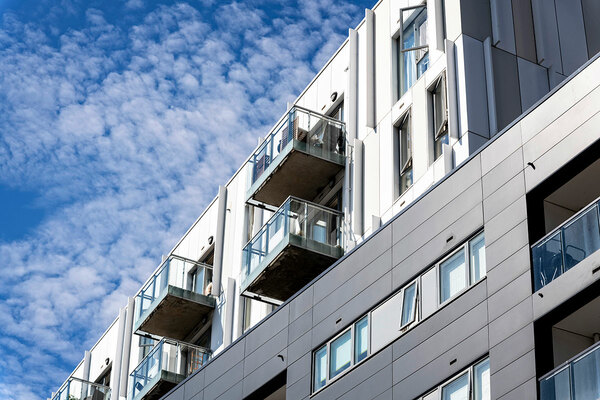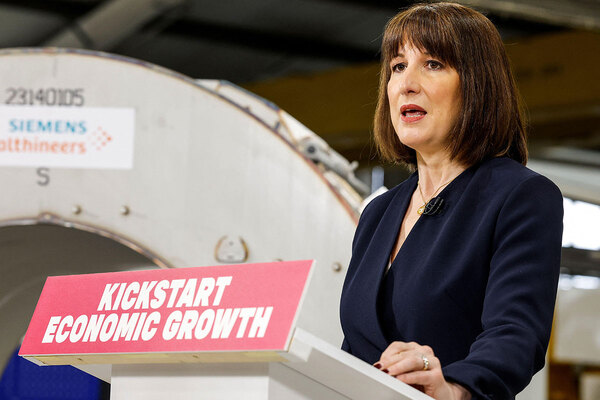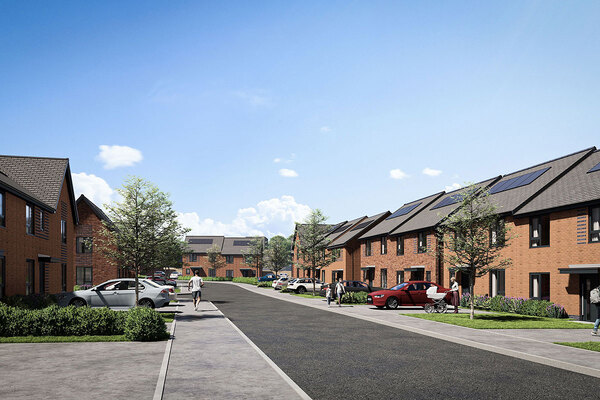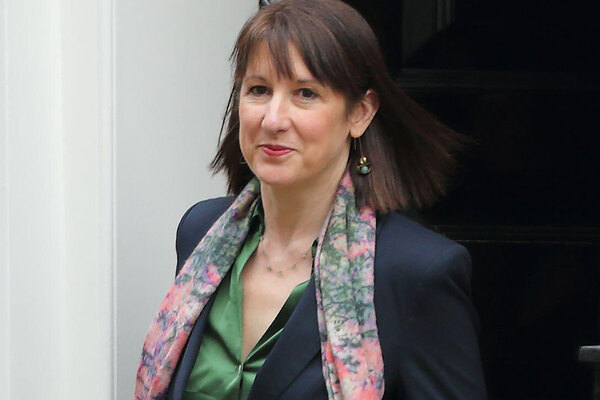You are viewing 1 of your 1 free articles
The story explained: new lending rules for homes with cladding
Banks are willing to lend on flats with dangerous cladding for the first time since the crisis snowballed. Does this mark the beginning of the end of the building safety crisis or another false dawn? Peter Apps explains
So what’s new?
As of 9 January, six large high street banks (NatWest, Nationwide, HSBC, Santander, Barclays and Lloyds) have updated their lending rules to allow them to offer mortgages on buildings with known fire safety risks, including dangerous cladding.
This is because new valuation guidance published by the Royal Institution of Chartered Surveyors (RICS) has come into force which makes valuing some of these flats possible.
Does this apply to all flats with safety issues?
No. The government said banks will be able to provide mortgages on flats with an identified remediation plan or where leaseholders are covered by legal protections.
Buildings that are excluded from such protections (such as those smaller than 11 metres) do not benefit.
Are all the banks approaching this in the same way?
No. Some of the banks have told Inside Housing that they will only consider new finance where a clear, funded remediation plan is in place.
While this is better than the current situation (where flats cannot be sold until work completes), it still leaves tens of thousands in the cold as they wait for government funding to be confirmed or a responsible party to agree to fund the work.
It appears that some banks will not necessarily need this to be in place if leaseholders are protected, but this needs to be tested in the real world.
Will people still need to get an EWS1 form?
Again, it depends on the lender. Lloyds said it will not ask for a form anymore. HSBC said it will only do so “in certain circumstances” and Santander will “if specifically requested”.
Even if an EWS1 form is not required, other paperwork proving remediation work is in place may be requested. For example, Nationwide said it would need written “confirmation that there is a clear path to the building being remediated, an outline of the cost of the works and who is paying for them”.
Will this affect the value of the property?
Almost certainly. The presence of safety risks and the likelihood of disruptive works will have an impact on buyers’ appetite and have a knock-on effect on the property’s value. The question is ‘how much?’, and this will start to be answered as valuations come forward.
So this is not the end of building safety crisis?
Not by a long shot. At best, this will allow some people to move more quickly than they would otherwise have had to. However, many will still be stuck and even where they are not, the buildings still need to be fixed.
Remind me, how did we get into this mess?
Before Grenfell, we were really relaxed about using combustible materials on the walls of high rises. Government guidance actively permitted it in some instances, such as balconies, buildings below 18 metres and certain cladding products with a ‘Class 0’ rating.
In other instances, builders ignored the rules, workmanship was desperately poor and enforcement was close to non-existent.
When all of this started to come to light after the Grenfell Tower fire, the government published an advice note stating that all combustible materials had to be removed from high-rise buildings, unless justified by a large-scale test. This was really an attempt to retrospectively reinterpret their own flawed guidance, and it crippled the market for properties taller than 18 metres.
EWS1 forms were then introduced as an attempt to provide valuations on blocks without running a large-scale test of the system. But following the publication of another government advice note in January 2020, lenders began requesting EWS1 forms on buildings of all heights – not just those over 18m.
Various problems, including risk aversion and a lack of qualified surveyors, have undermined this system. The result has been real damage to hundreds of thousands of lives, as people find their homes devalued and cannot move home when they need to.
What needs to happen?
This is the million-dollar question. Really, there needs to be some official metric, backed by the government, which distinguishes the really dangerous buildings from those where sprinklers and fire alarms can make them tolerably safe.
Then we could focus on fixing the worst properties and allow the people living in the others to get on with their lives. But this would need buy-in from insurers and mortgage providers to truly work and that makes it extremely complex to achieve.
Fire risk assessments using a new methodology for external walls (PAS 9980) are being rolled out under the Fire Safety Act, which the government hopes will replace EWS1 forms in the future. But this guidance is complex, will produce varied results and may run into similar problems as the EWS1 form.
Does this just apply to England?
Yes. In Wales, banks have not yet reached an agreement with the government.
In Scotland, the government is working on a ‘Single Building Assessment’ system – where buildings are independently assessed by a government-backed panel – is being developed. An 80-block pilot was launched in May 2022.
However, EWS1 forms are still being requested for other buildings.
Sign up for our fire safety newsletter
Already have an account? Click here to manage your newsletters












